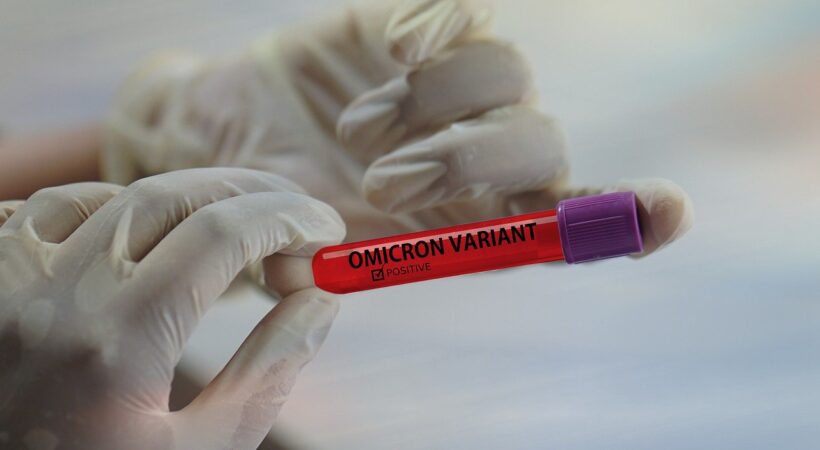WHO releases updates on Omicron variant — The key points

The World Health Organization has categorised the risks related to the Omicron variant as very high in its Covid-19 weekly epidemiological update released on Wednesday.
In view of the declining number of cases in South Africa, the country which first detected the variant on November 24, WHO stated that it may be a sign that the surge is over for the time being.
7 new observations made by the WHO:
1. The overall risk related to the new variant of concern Omicron remains very high.
2. Consistent evidence shows that the Omicron variant has a growth advantage over the Delta variant with a doubling time of 2-3 days
3. Omicron cases are increasing rapidly and the variant has become the dominant strain in the United Kingdom and the United States.
4. A decline in the incidence of cases has now been observed in South Africa.
5. The rapid growth rate is likely to be a combination of both immune-evasion and intrinsic increased transmissibility of the Omicron variant
6. Early data from the United Kingdom, South Africa and Denmark suggests there is a reduced risk of hospitalisation for the Omicron compared to the Delta variant.
7. Preliminary data suggest that monoclonal antibodies may be less able to neutralise the Omicron variant.
The overall number of Covid-19 cases increased by 11% in the week between December 20 and 26 as compared to the previous week, with the US region reporting the largest increase (39%), followed by the African region (7%). The South-East Asia region continued to report a decrease in the new cases, the WHO stated.
Though Omicron is leading to fewer hospitalisation, Covid-19 hospitalisations in New Tork state are accelerating at a rate that hasn’t been seen since the early days of the pandemic, reports said. On Tuesday the state said hospitalizations rose by 647 to 6,173, marking the largest daily increase since early April 2020, according to data compiled by Bloomberg. The total number of New Yorkers hospitalized with the virus remains far below last year’s peak of almost 19,000.















